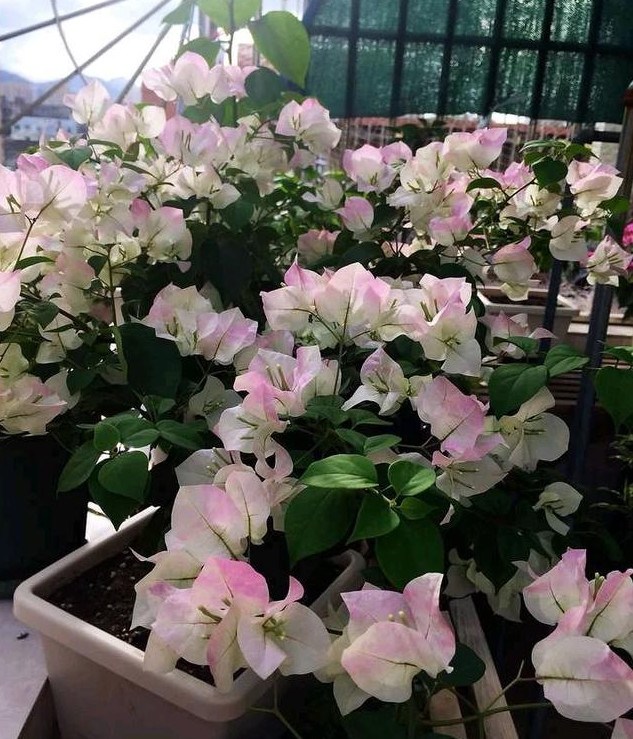It is known as the first of the six amaranth, but it has been reduced to a wild vegetable in the field because it is difficult to eradicate.

Now this season is the season when amaranth grows most vigorously. Many farmers have planted amaranth. The more common ones are red leaf amaranth and white amaranth. Most people have only eaten these two kinds of amaranth. But in fact, there are many kinds of amaranth, in ancient China, people specifically listed six kinds of edible amaranth, nutritional value is very high, known as "six amaranth". These six amaranth are: white amaranth, red amaranth, purple amaranth, five-color amaranth, amaranth and purslane, among which purslane is known as "the first of six amaranth", have you eaten it?
Portulaca oleracea was regarded as a vegetable in ancient times, but in modern society, it has been reduced to a wild vegetable. Because in ancient times, the degree of agricultural development was relatively low, it was good for people to fill their stomachs, and there were very few varieties of vegetables, so some wild vegetables in the field also became vegetables eaten by people at that time. Purslane vitality is very strong, its roots are very developed, can give birth to many branches, and then deeply rooted in the soil. And it reproduces quickly. If a purslane plant appears in a wasteland, it will soon be full of purslane.
It is for this reason that purslane, which was listed as the "head of six amaranths" in ancient times, has now become a kind of farmland pest. Because purslane is difficult to eradicate, even if uprooted, as long as there is a little bit of broken roots in the soil, it will "come back from the dead." As the saying goes, if you don't cut the grass, there will be endless troubles. This sentence came true on Portulaca oleracea. So in the past, purslane also had the nickname "long-lived vegetable", meaning that it lived very long and was not easy to get rid of. However, it is not useless, because it is not only edible, but also a very delicious wild vegetable.
Many rural elderly like to eat purslane, because it tastes slippery, but also has a good medicinal value, can be said to be both vegetables and medicine. Portulaca oleracea is cold, summer eat clear heat, hemostasis cooling blood, there are diuretic, than the vegetable garden planted amaranth also delicious. Readers, have you ever eaten purslane?
- Prev

How to maintain the hot and rainy triangular plum in summer? Use it several times a month. It has neither rotten roots nor yellow leaves to blossom.
How to maintain the hot and rainy triangular plum in summer? Use it several times a month, no rotten roots, no yellow leaves blossom, multi-triangle plum like high temperature, like plenty of light. Triangle plum grows very fast in summer, and each index is more suitable for it, but you.
- Next

It wrinkles the leaves of the arrow lotus and does not bloom. This is a signal that needs to be processed and recovered in order to blossom.
It is a signal that the arrow lotus leaves wrinkle and do not blossom. What is the reason for the recovery to blossom so that the arrow lotus leaves wrinkle and do not blossom? This is a question from the flower friend that makes the arrow lotus belong to the cactus family, he is better.
Related
- Wuhan Hospital Iron Tree Blooming Result Was Instantly Frightened by the Gardener Master
- Which variety of camellia is the most fragrant and best? Which one do you like best?
- What is the small blue coat, the breeding methods and matters needing attention of the succulent plant
- Dormancy time and maintenance management of succulent plants during dormancy
- Minas succulent how to raise, Minas succulent plant pictures
- What are the varieties of winter succulent plants
- How to raise succulent plants in twelve rolls? let's take a look at some experience of breeding twelve rolls.
- Attention should be paid to water control for succulent plants during dormant period (winter and summer)
- Watering experience of twelve rolls of succulent plants
- Techniques for fertilizing succulent plants. An article will let you know how to fertilize succulent plants.

